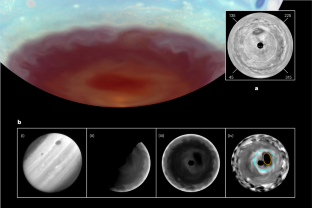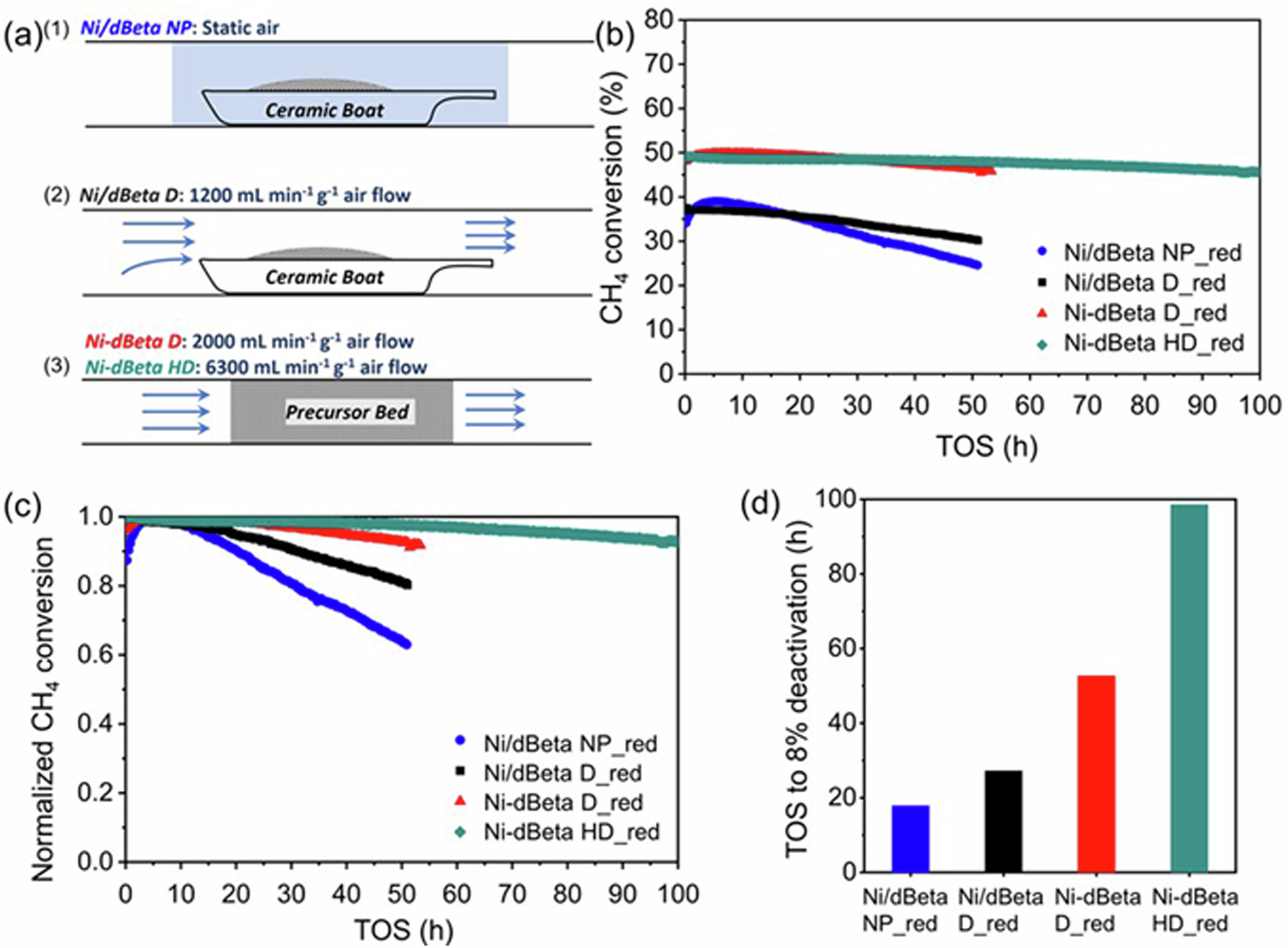2024-11-26 バーミンガム大学
<関連情報>
- https://www.birmingham.ac.uk/news/2024/air-fryers-confirmed-as-least-polluting-cooking-method
- https://onlinelibrary.wiley.com/doi/10.1155/2024/6355613
調理法が室内空気の質に与える影響: 粒子状物質(PM)と揮発性有機化合物(VOC)の排出に関する比較研究 Impact of Cooking Methods on Indoor Air Quality: A Comparative Study of Particulate Matter (PM) and Volatile Organic Compound (VOC) Emissions
Ruijie Tang, Ravi Sahu, Yizhou Su, Adam Milsom, Ashmi Mishra, Thomas Berkemeier, Christian Pfrang
Indoor Air Published: 25 November 2024
DOI:https://doi.org/10.1155/2024/6355613

Abstract
Cooking activities are responsible for substantial emissions of both particulate matter (PM) and volatile organic compounds (VOCs), two key indoor air pollutants, which can lead to numerous adverse health effects, including premature mortality. Chicken breast was prepared following tightly constrained cooking procedures with contrasting cooking methods in a well-controlled research kitchen to investigate the PM and VOC emissions by simultaneous measurements with reference instruments (an optical aerosol spectrometer measuring light scattering of single particles for continuous PM monitoring and a proton-transfer-reaction time-of-flight mass spectrometer [PTR-ToF-MS] for VOCs). Peak concentrations of PM2.5 ranked in the order (median [μg m−3]) pan-frying (92.9), stir-frying (26.7), deep-frying (7.7), boiling (0.7), and air-frying (0.6). Peak concentrations of VOCs ranked in the order (median [ppb]) pan-frying (260), deep-frying (230), stir-frying (110), boiling (30), and air-frying (20). Key VOCs from different frying methods were identified in a detailed principal component analysis (PCA), including aldehydes, ketones, furans, aromatic hydrocarbons, alkenes, pyrazines, and alkanes. The cooking temperature was found to be the key factor that positively correlated with both PM and VOC emission strength, while the oil weight was negatively correlated with the PM levels. We also determined PM emission rates (varying over a wide range, e.g., for PM2.5 from 0.1 to 2931 μg min−1) and PM exposures (ranging, e.g., for PM2.5 from approximately 2 to more than 1000 μg m−3 min). In addition, by using EPR spectroscopy, we measured environmentally persistent free radicals (EPFRs) that formed from heating and cooking processes at levels of approximately 109 spins μg−1 of PM mass. These EPFR concentrations were shown to be unaffected by ozone exposure.



